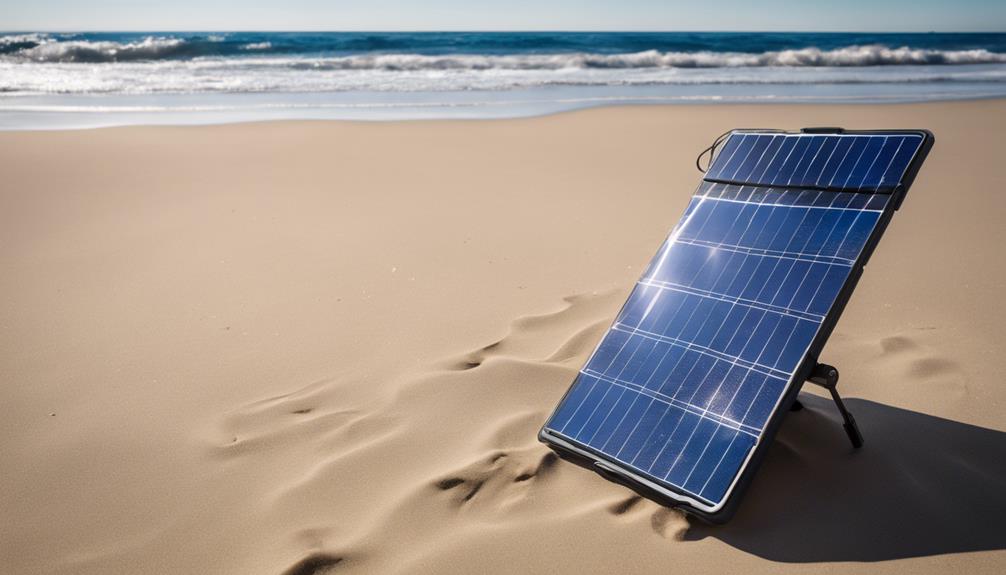
Understanding Solar Panel Kits with Battery and Inverter
Solar panel kits with battery and inverter systems are an innovative solution for harnessing solar energy. These kits typically include solar panels, batteries for energy storage, and inverters to convert the stored energy into usable electricity. Homeowners and businesses are increasingly turning to these systems as a way to reduce energy costs, enhance energy independence, and contribute to a more sustainable environment. In this guide, we will explore the various components of these kits, their benefits, and how to choose the right system for your needs.
The Components of a Solar Panel Kit
A typical solar panel kit with battery and inverter consists of three main components: solar panels, a battery storage system, and an inverter. The solar panels capture sunlight and convert it into electricity. The inverter then transforms this direct current (DC) electricity into alternating current (AC), which is suitable for home use. The battery storage system stores excess electricity generated during sunny periods, ensuring that you have power available during cloudy days or nighttime. Understanding these components is crucial for maximizing the efficiency of your solar energy system.
Benefits of Using Solar Panel Kits with Battery and Inverter
Investing in a solar panel kit with battery and inverter offers numerous advantages. First and foremost, these systems provide energy independence by allowing users to generate and store their own electricity. This can lead to significant savings on utility bills, especially as energy prices continue to rise. Additionally, solar panel systems can increase property value and reduce your carbon footprint, contributing to a more sustainable future. Furthermore, many regions offer incentives, such as tax credits or rebates, to encourage the adoption of renewable energy technologies.
How to Choose the Right Solar Panel Kit with Battery and Inverter
When selecting a solar panel kit with battery and inverter, there are several key factors to consider. Begin by assessing your energy needs; understanding your monthly electricity consumption will help you choose a system that meets your requirements. Next, evaluate the solar panel’s efficiency and the battery’s storage capacity. Look for high-quality products from reputable manufacturers, as this can affect the longevity and performance of your system. Lastly, consider installation options; some kits come with professional installation services, while others are designed for DIY enthusiasts.
Installation Process for Solar Panel Kits
Installing a solar panel kit with battery and inverter can vary based on the complexity of the system and your level of expertise. For those who opt for a DIY installation, it’s essential to follow the manufacturer’s guidelines closely. Generally, the installation process involves mounting the solar panels on your roof or another structure, connecting the panels to the inverter, and then integrating the battery storage system. For more complex setups, or if you feel uncomfortable with electrical work, hiring a professional installer is recommended to ensure safety and efficiency.
Maintenance Tips for Your Solar Panel Kit
Proper maintenance is crucial for maximizing the lifespan and efficiency of your solar panel kit with battery and inverter. Regularly check for debris, dirt, or snow accumulation on the panels, as these can hinder performance. Cleaning your solar panels a couple of times a year will help maintain optimal energy production. Additionally, monitor the battery’s health by checking the charge cycles and ensuring it operates within the recommended parameters. It’s also wise to conduct periodic inspections of your inverter to ensure it is functioning correctly.
Cost Considerations and Financial Incentives
The initial investment for a solar panel kit with battery and inverter can be substantial, but it is essential to consider the long-term savings on energy bills. The total cost will depend on the size of the system, the quality of the components, and installation expenses. Fortunately, various financial incentives are available to offset these costs. Federal tax credits, state rebates, and local utility programs can significantly reduce the upfront investment. Additionally, financing options, such as solar loans or leases, can make solar energy more accessible to homeowners.
Future Trends in Solar Panel Technology
The solar energy landscape is rapidly evolving, with advancements in technology leading to more efficient and affordable solar panel kits with battery and inverter systems. Innovations such as bifacial solar panels, which capture sunlight on both sides, and smart inverters that optimize energy usage are becoming increasingly common. Furthermore, the integration of artificial intelligence in energy management systems is paving the way for more intelligent and responsive solar solutions. Keeping an eye on these trends can help you make informed decisions about your solar energy investments in the future.
In conclusion, solar panel kits with battery and inverter systems represent a forward-thinking approach to energy generation and storage. By understanding the components, benefits, and installation processes, as well as considering future trends, you can make informed choices about harnessing the power of the sun. Embracing this renewable energy solution not only helps in reducing electricity costs but also contributes to a more sustainable planet for generations to come.





